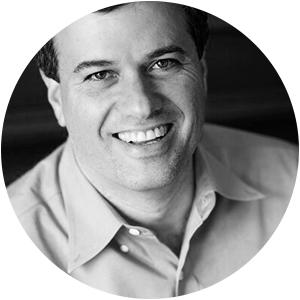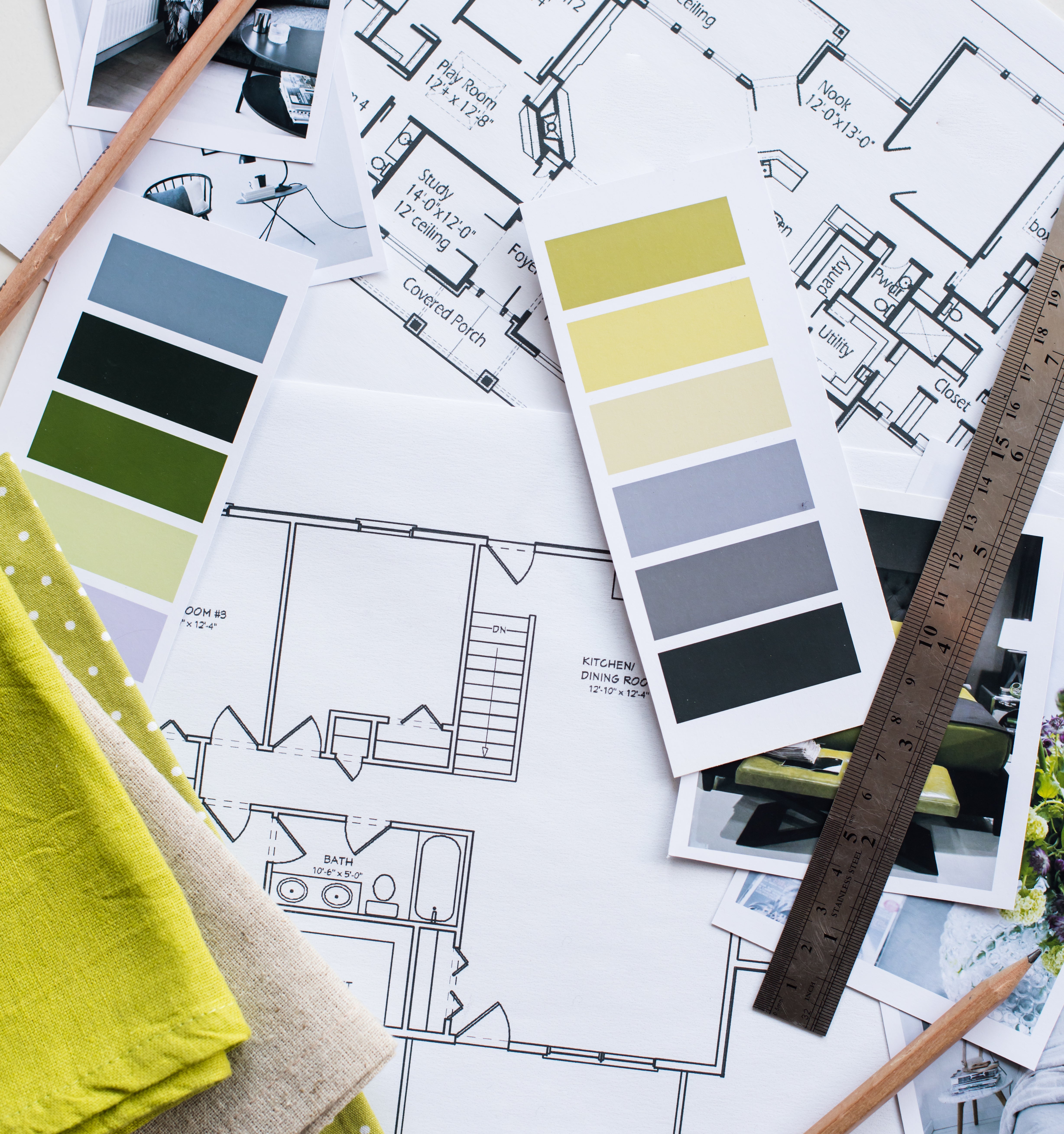Dear Sean,
Construction has been halted in my state for several months. In that time, I saw all of my projects put on hold—or worse, canceled. The pipeline of projects I’ve worked so hard to cultivate disappeared practically overnight, and so did my revenue. I’ve heard stories from other designers about surviving on income from big orders placed before the worst of the shutdowns, but I was not so lucky and these past few months have been hard, to say the least.
Now, construction is back on and I am inundated with new projects. In theory, it’s a great problem to have. But I find myself terrified of saying no to work. I’m not so sure coronavirus cases won’t spike again, and I don’t want to be at risk of losing it all, so it feels safer to have too many irons in the fire. At the same time, I’m not sure I can reasonably deliver on everything that’s coming in, and I’m not financially secure enough to feel comfortable making a hire.
How do I know when it’s safe to turn down work?
Afraid To Say No
Dear Afraid,
I have so much empathy and sympathy for the hardship you have had to endure for the last three-plus months. In addition, many congratulations for coming back to a flood of new work.
As with so many things in our lives today, lighter fluid on a lit flame does make the fire burn hot and can yield results, but it most often extinguishes the value of a consistent and constant flame. Make no mistake, that is your situation—the fire is hot and you want it hotter, so you are saying yes to all things. You are coming from a place of fear and panic and do not have the wherewithal to service the coming business alone or to risk hiring support. Rather than talk about risking your ability to do your best for your clients and the hefty price should you (likely) fail in the effort, let’s address the root cause: your fear and panic.
More than ever, there are fearmongers out there telling designers like you that volume and revenue matters more than profit right now. Better business practices fall away in the name of a “do what you can to get what you can” mindset. Principally, there are two things wrong with this approach.
First, most designers want a select few clients a year—say, five or 10, not 100. Those looking for more are working at a different scale and value proposition. You have never been there and are most certainly not there now. Instead of knowing that you can fulfill your promise of your best work, fear and panic have driven you to believe that you can or should handle what you cannot. This, by definition, is a cheaper version of you, as your clients get less of you when there are more of them. Gaslighting clients to justify your fear is unsustainable.
That’s the thing about fear: It makes you hide, it makes you derivative and it makes you marginal. Act marginally, and do not be surprised when you are eliminated—marginally. Instead, work on why the clients you need (and who you care most about and vice-versa) would be fools to choose anyone else, especially today. You do not have a marketing problem, but you are going to cause one by creating a value problem. Never, ever forsake value for fear. You have to own your art and creative business without apology and without compromise, pandemic or not.
Fear also makes us stupid. When you are worried that the sky is falling (or might fall again), you refuse to look up. Instead of working on your core—the strongest parts of your business—and trying to figure out how to further leverage these strengths, you over-leverage what was never meant to scale as currently constructed. In the name of security, you run away from what defines you, your art and your business. Quite literally, you close the door on your ideal clients, who are willing to pay for your full talent, and open the door for those who prefer a diluted version of you and your work.
Do not think me Pollyanna or out of touch with the realities of the world. The pandemic, civic upheaval and recession are real, and competition is fierce. Of this I am fully aware. Your response needs to acknowledge your fear, but not be ruled by it.
You can go higher or lower, chase volume or not—but it has to be with intention, not reaction; with purpose and conviction over emotion. When you are lost in fear, your reaction will feel like action when it is most certainly not. Digging a big hole you can jump into might save you from the oncoming truck that may or may not come back, but you will be left in a very big hole you might not be able to climb out of. Instead, how about you just choose to get off that road and drive on the one you know well, with ever-growing integrity.
____________
 Sean Low is the the go-to business coach for interior designers. His clients have included Nate Berkus, Sawyer Berson, Vicente Wolf, Barry Dixon, Kevin Isbell and McGrath II. Low earned his law degree from the University of Pennsylvania, and as founder-president of The Business of Being Creative, he has long consulted for design businesses. In his Business Advice column for BOH, he answers designers’ most pressing questions. Have a dilemma? Send us an email—and don’t worry, we can keep your details anonymous.
Sean Low is the the go-to business coach for interior designers. His clients have included Nate Berkus, Sawyer Berson, Vicente Wolf, Barry Dixon, Kevin Isbell and McGrath II. Low earned his law degree from the University of Pennsylvania, and as founder-president of The Business of Being Creative, he has long consulted for design businesses. In his Business Advice column for BOH, he answers designers’ most pressing questions. Have a dilemma? Send us an email—and don’t worry, we can keep your details anonymous.
Homepage photo: Shutterstock.com





























